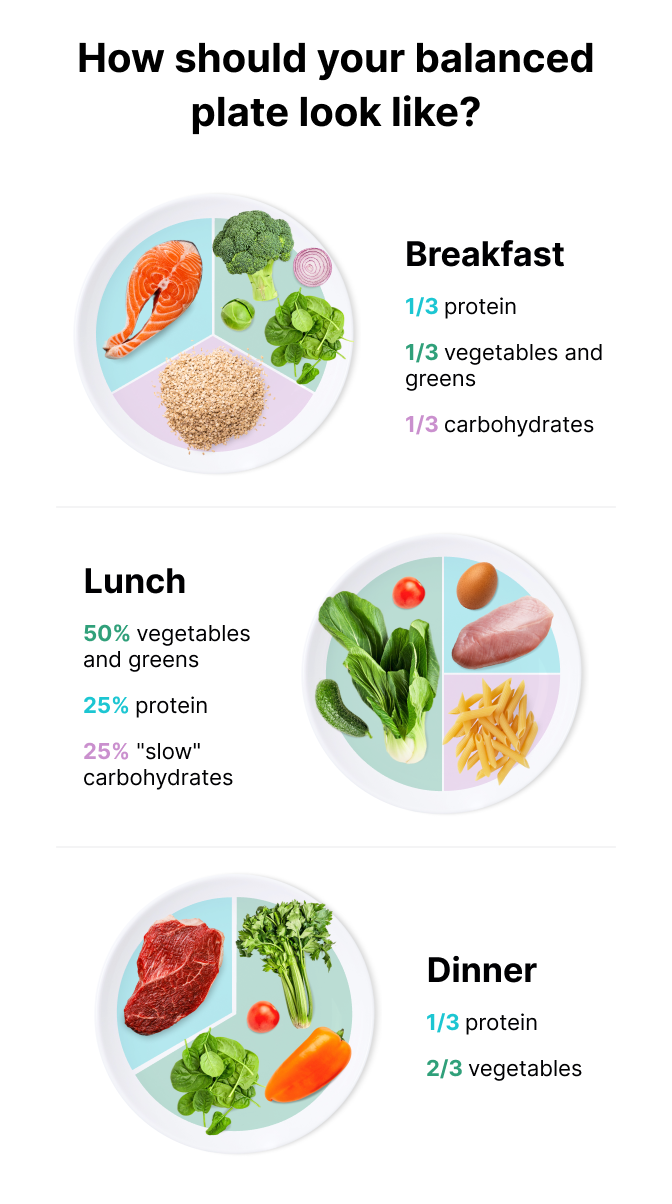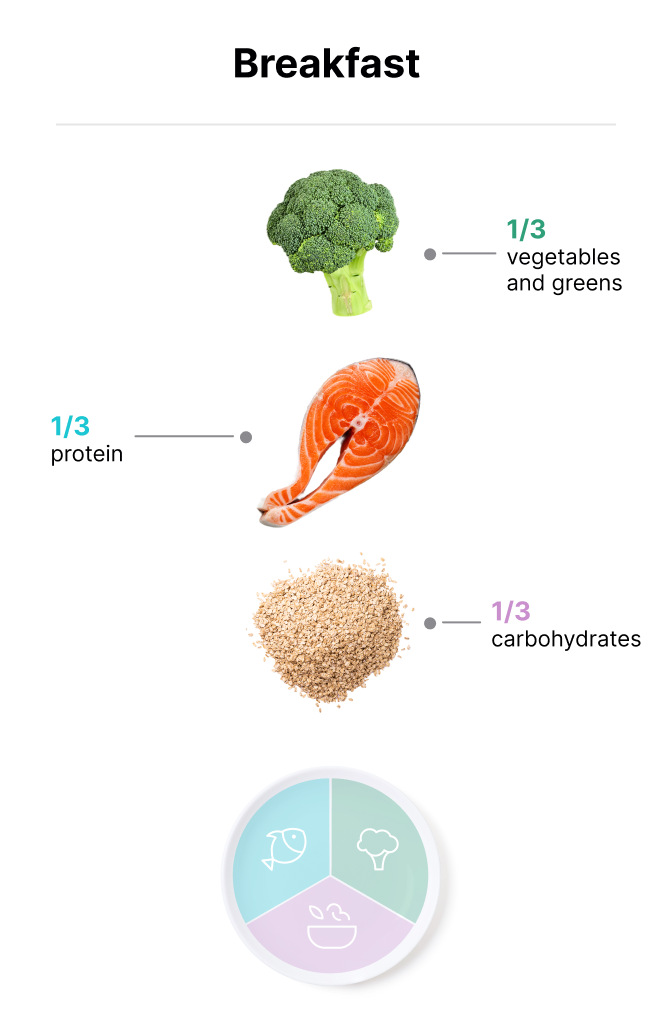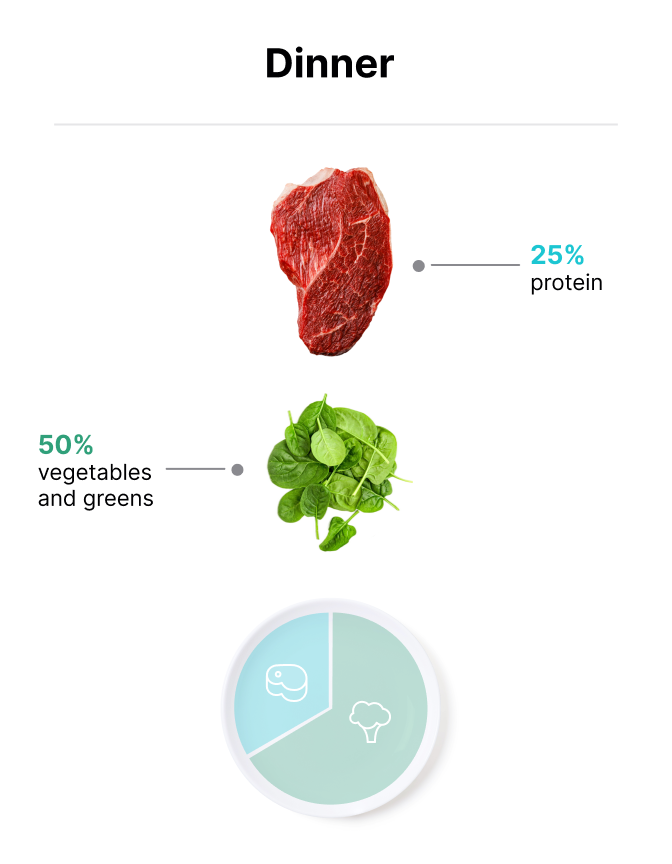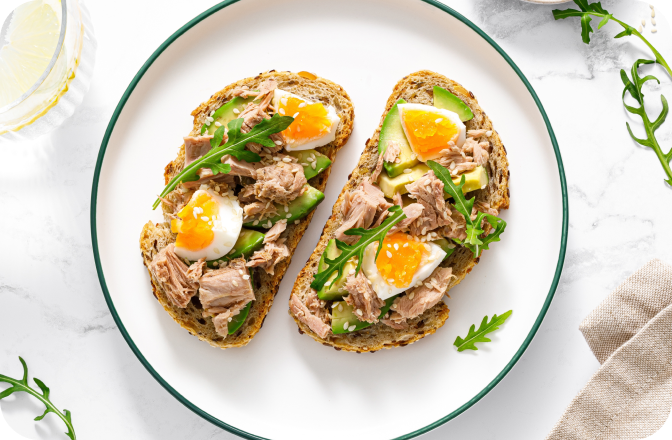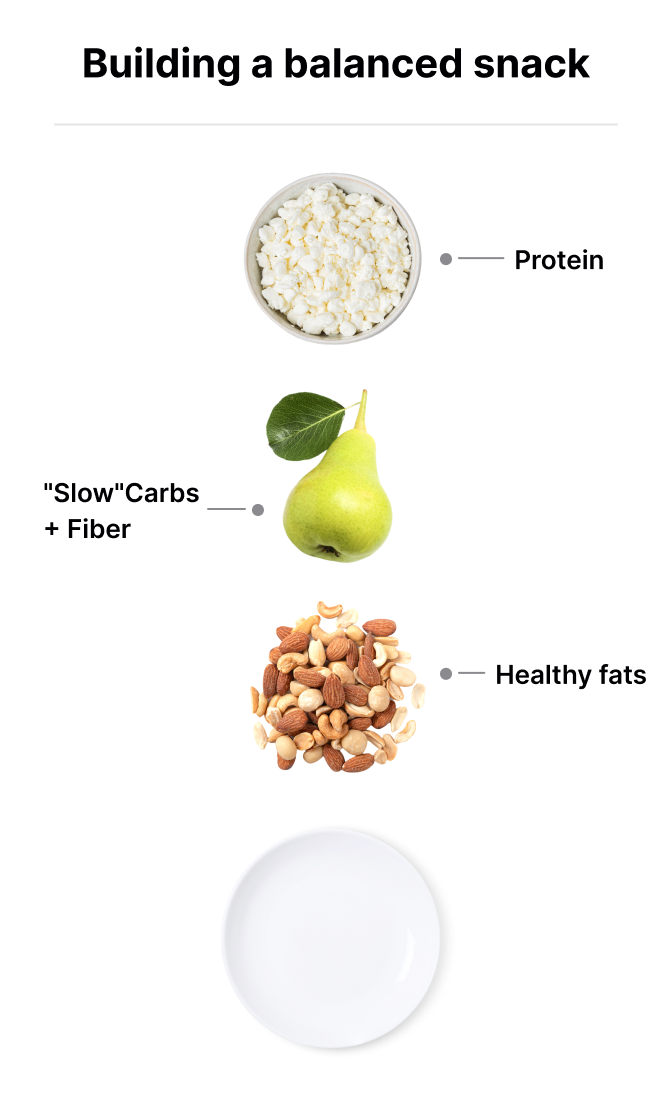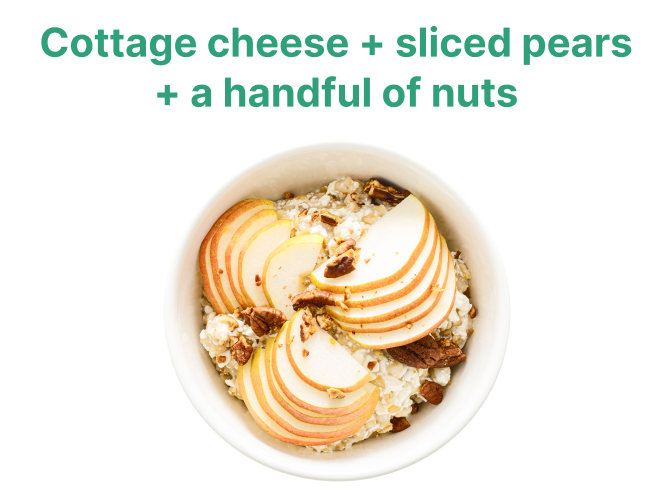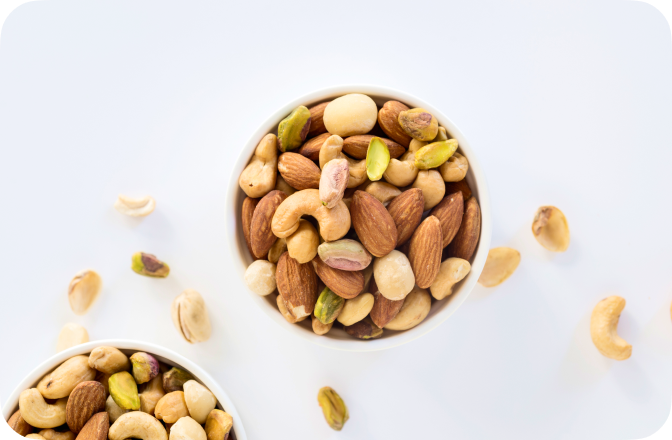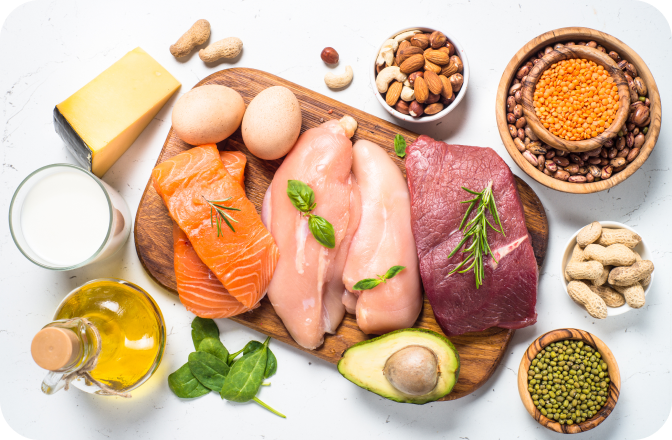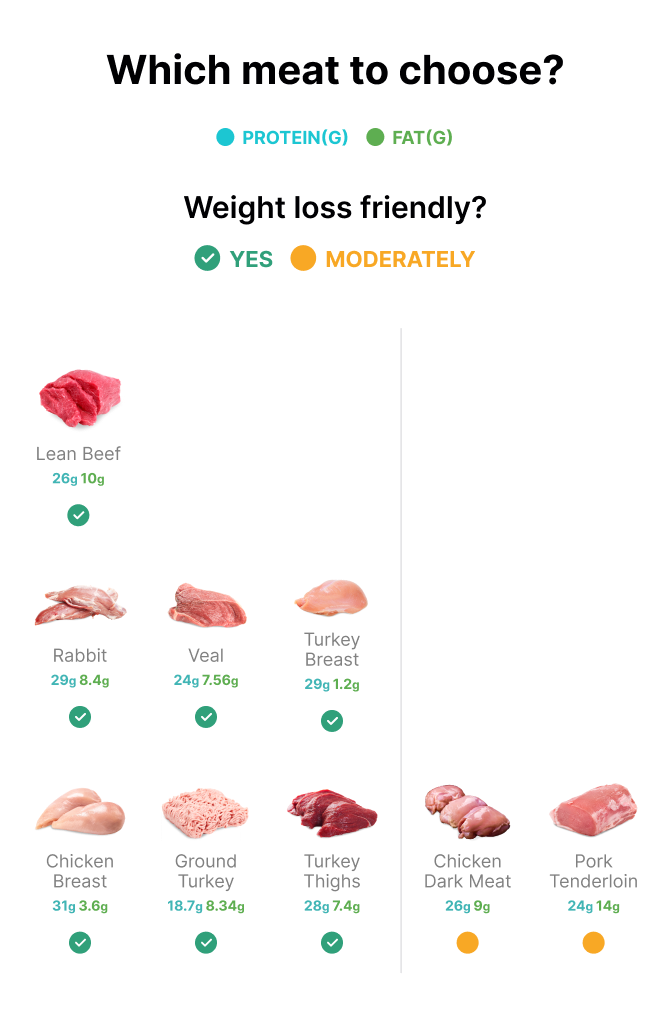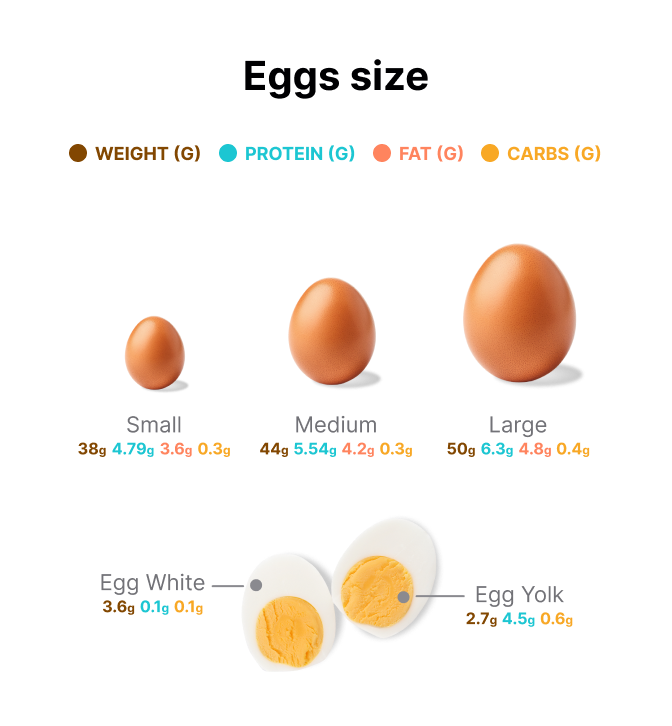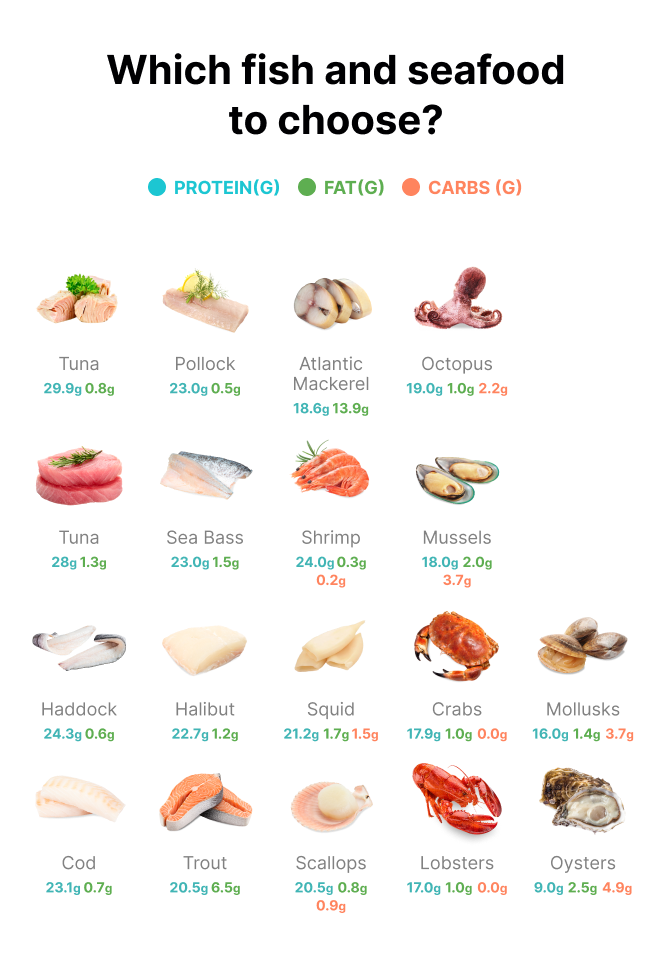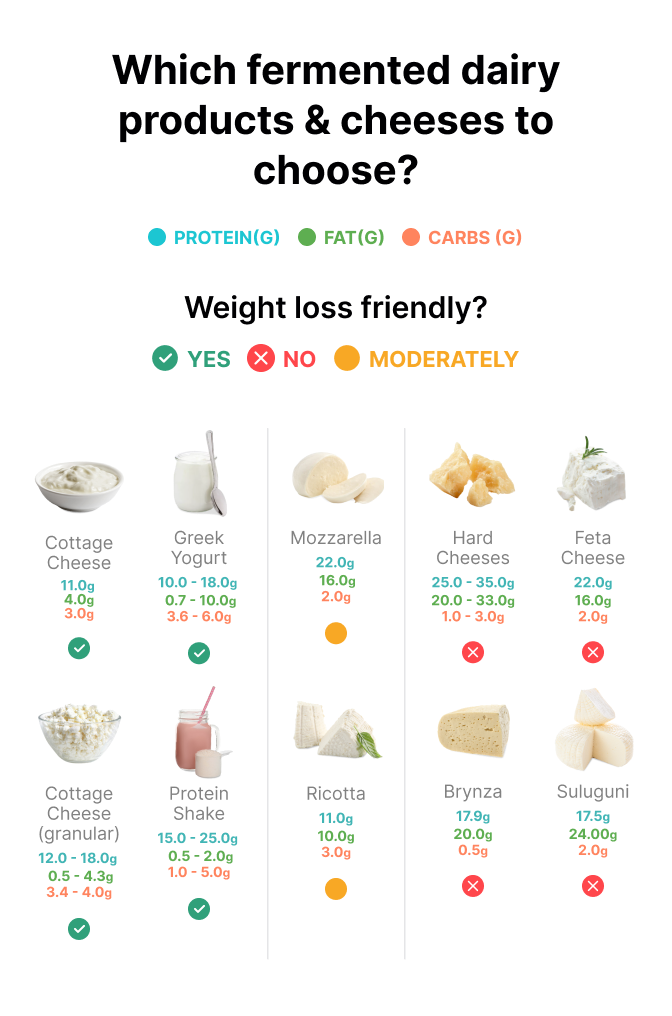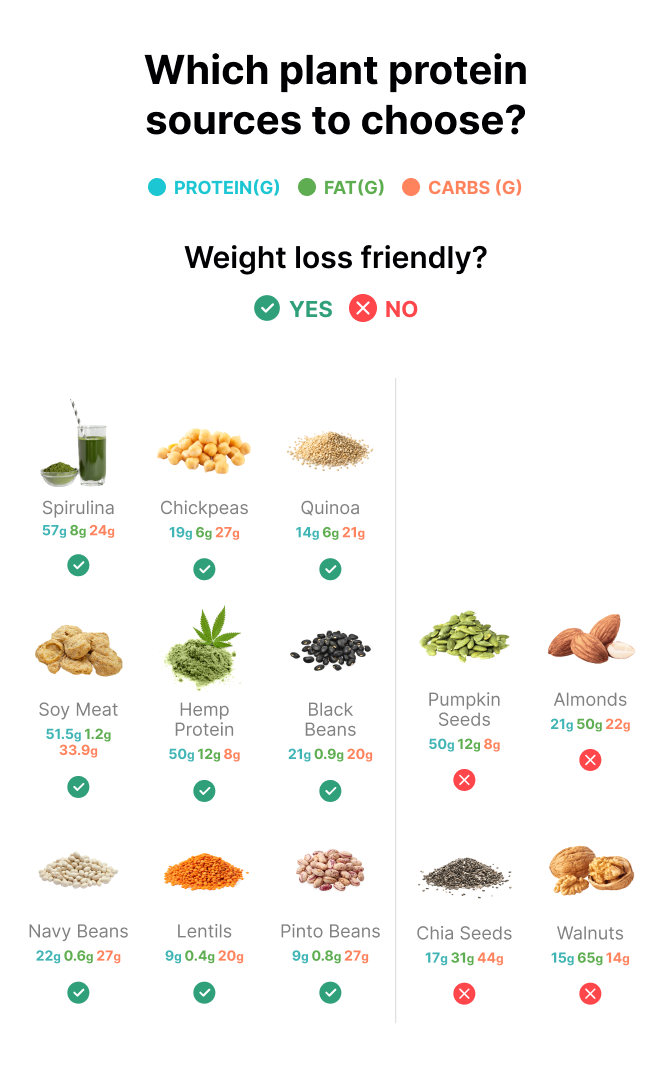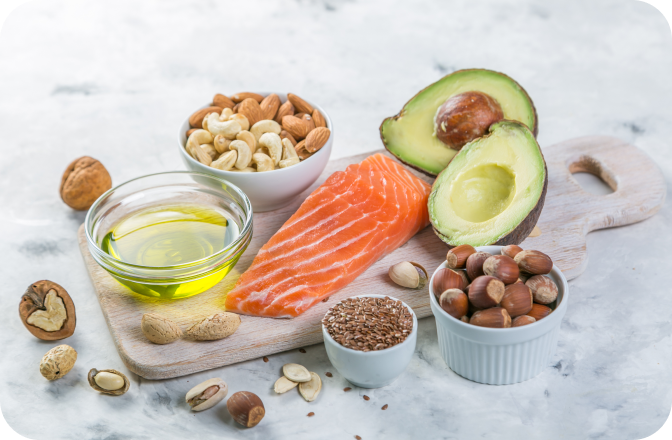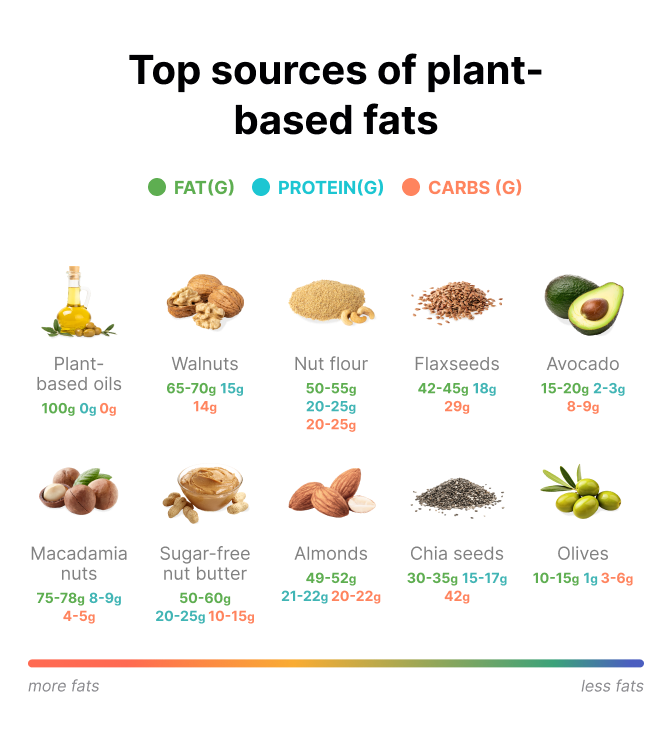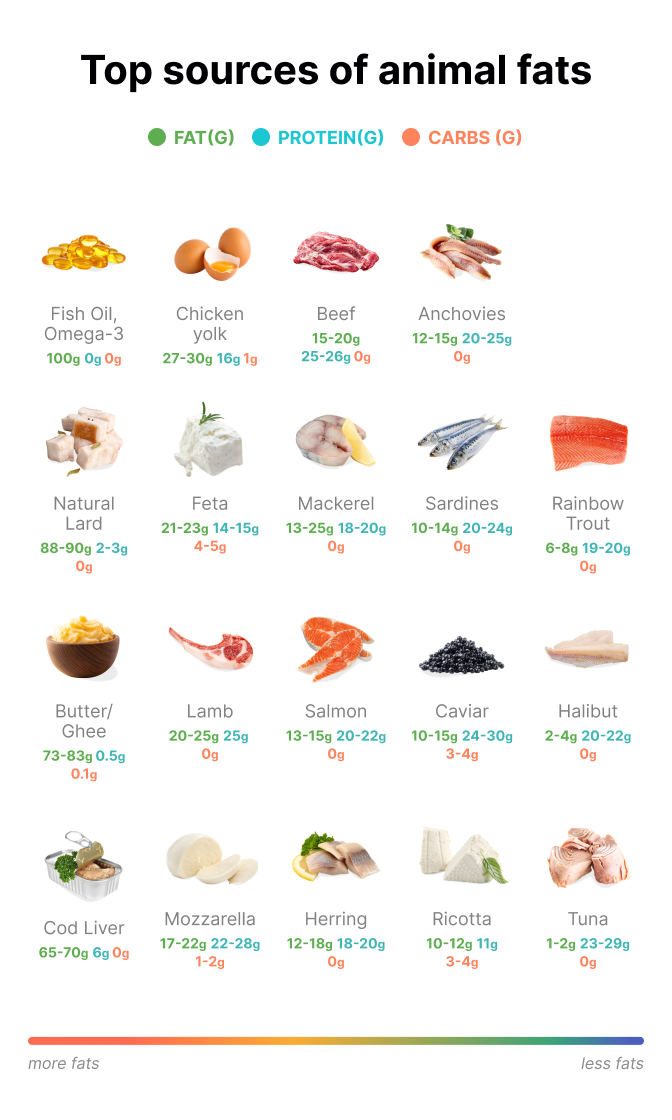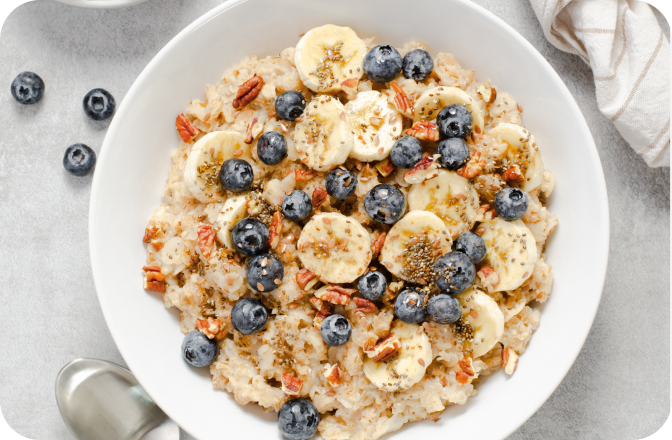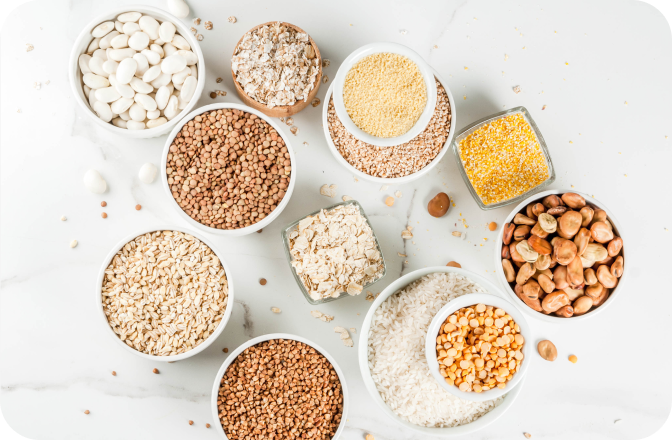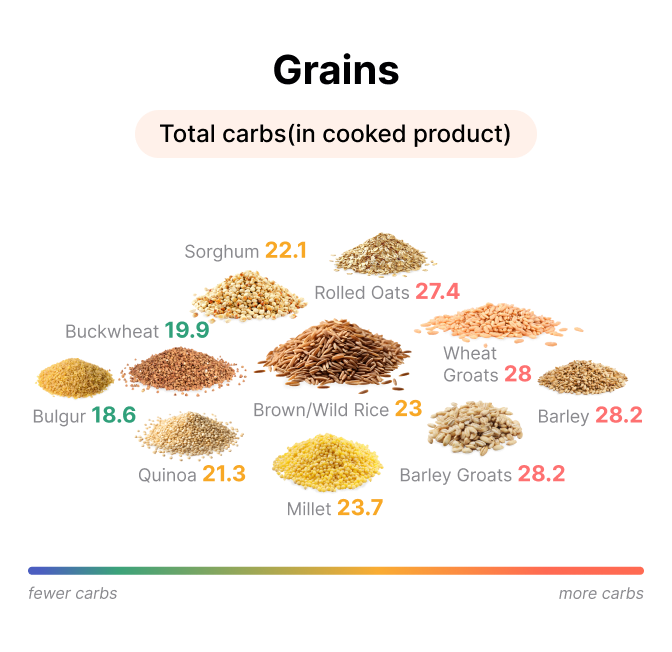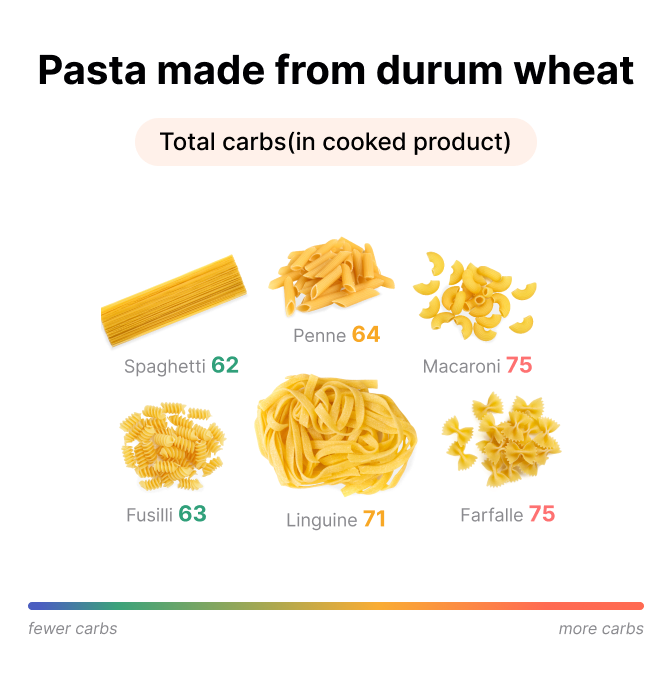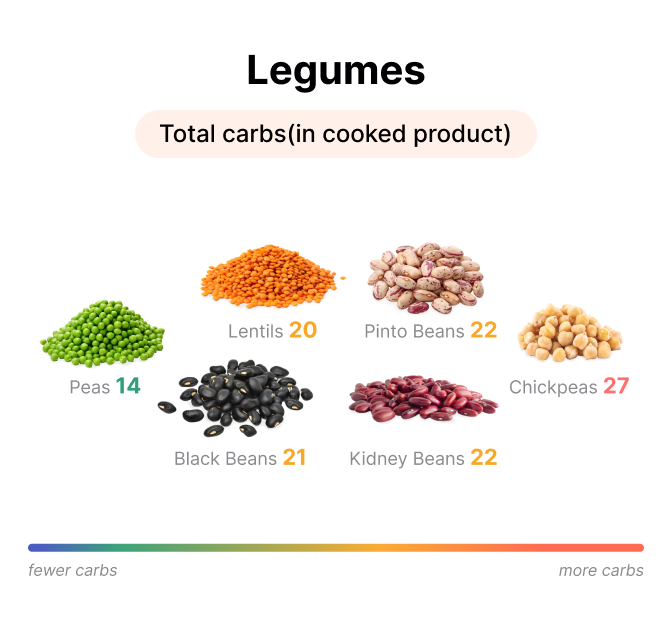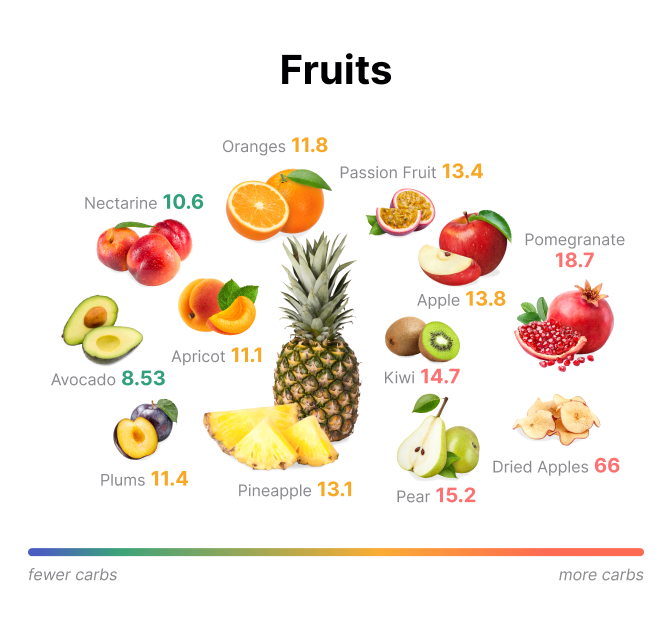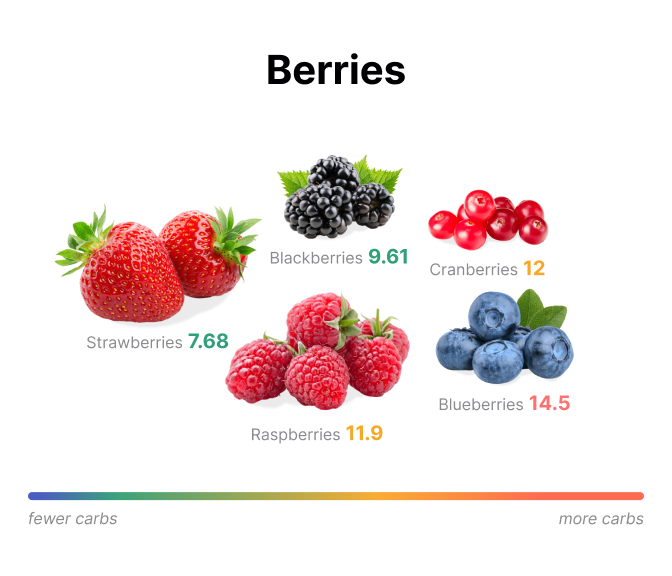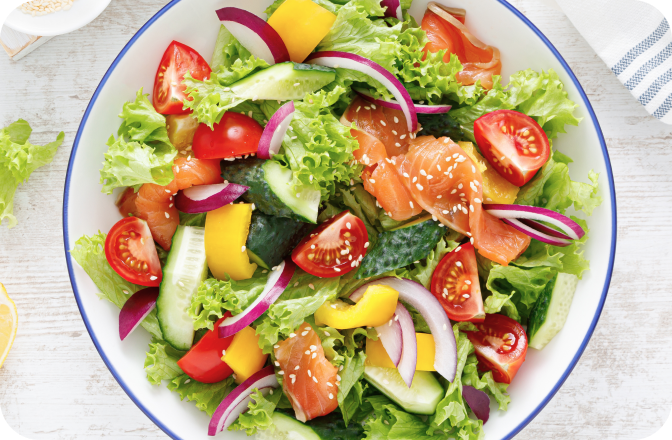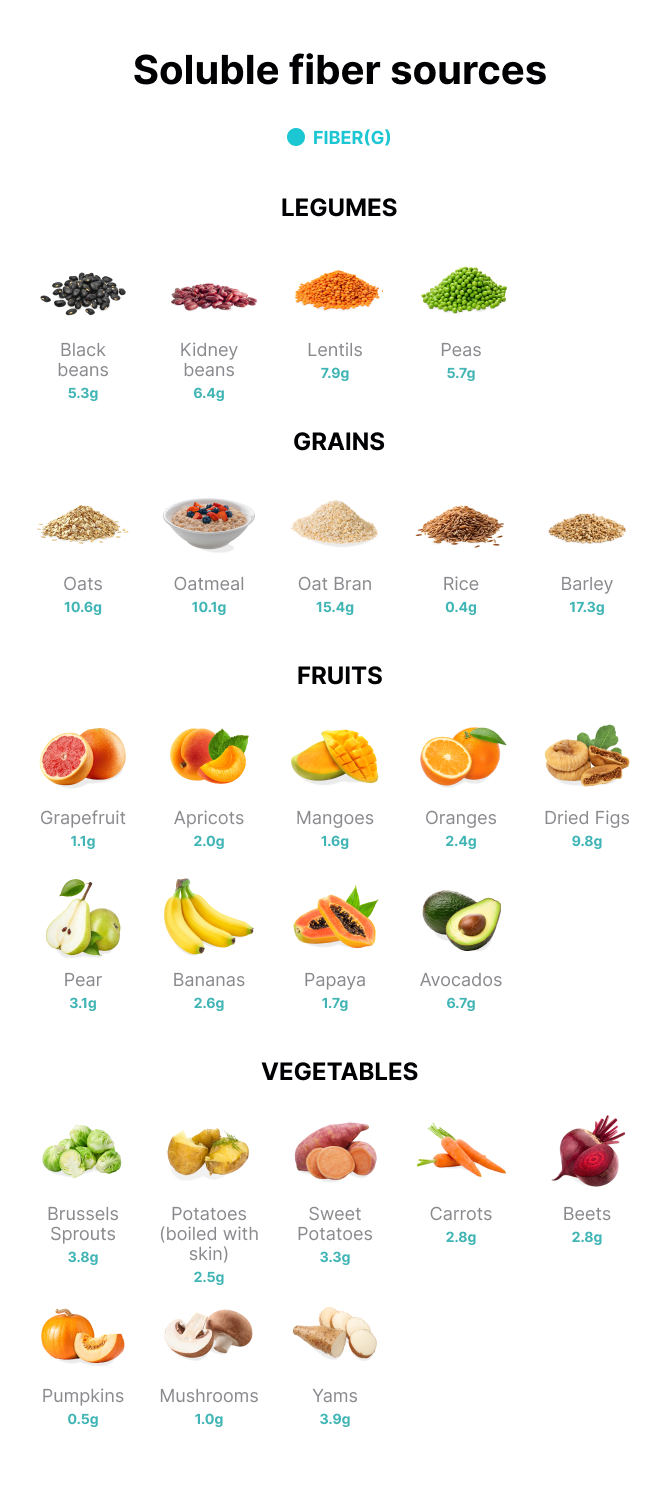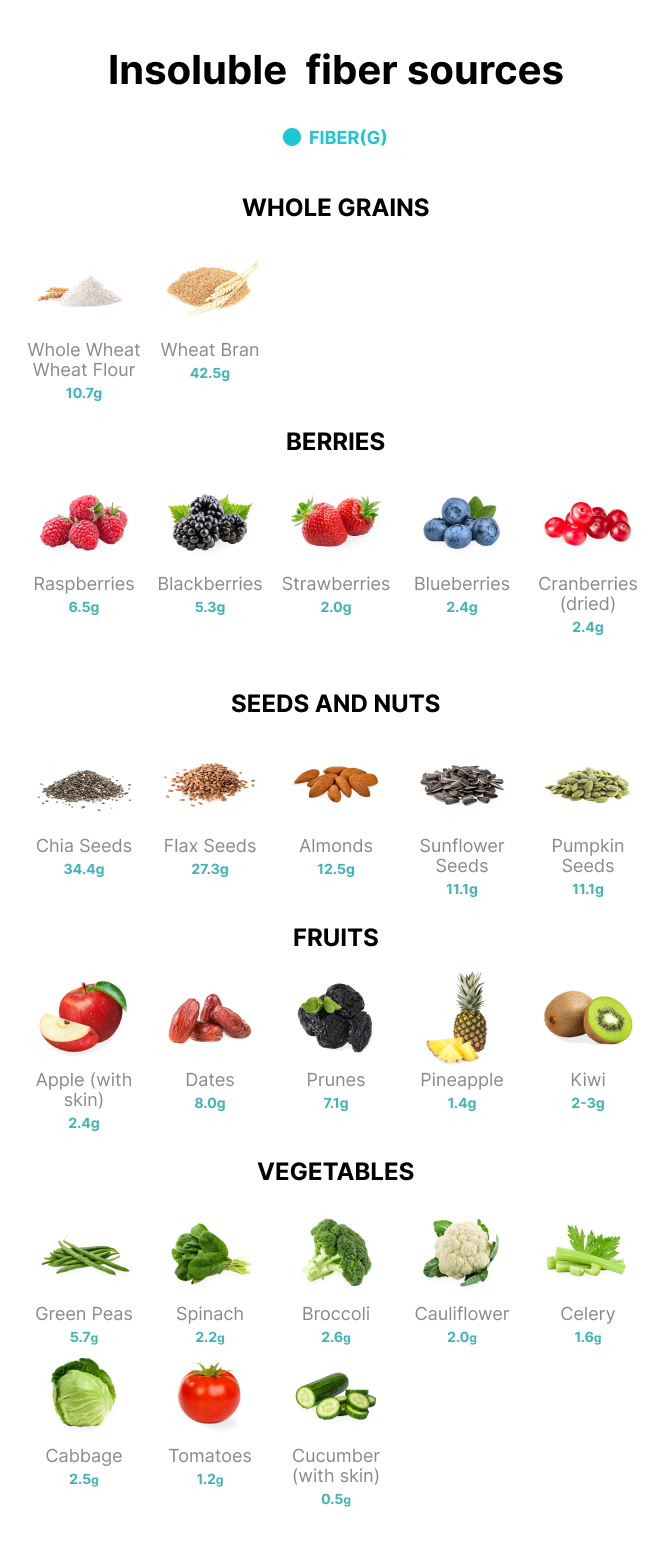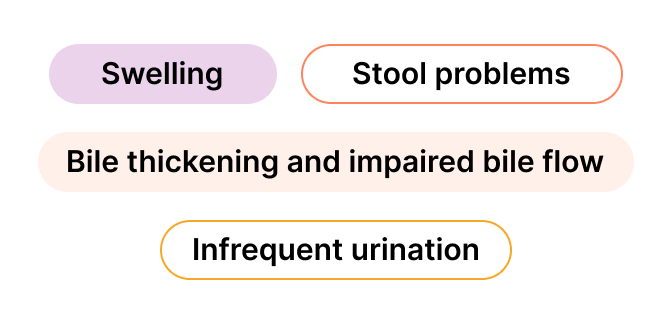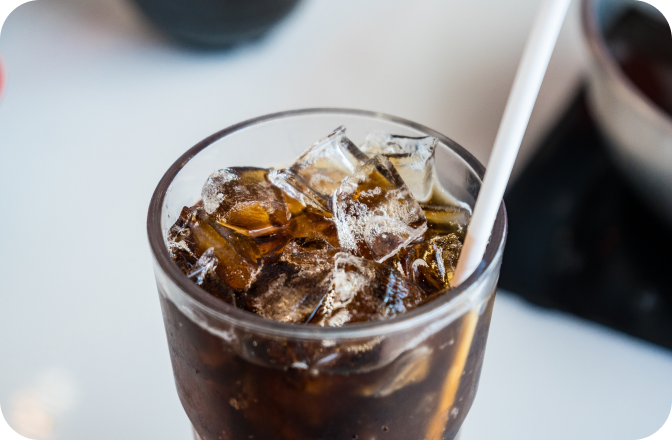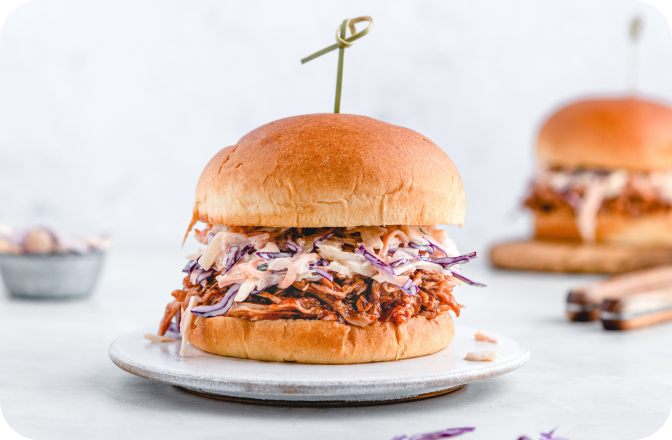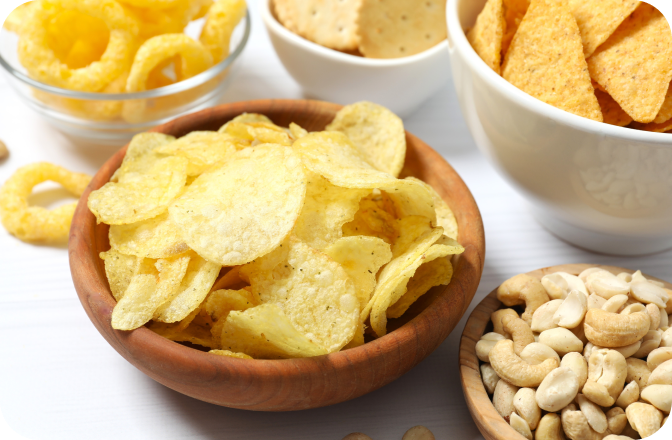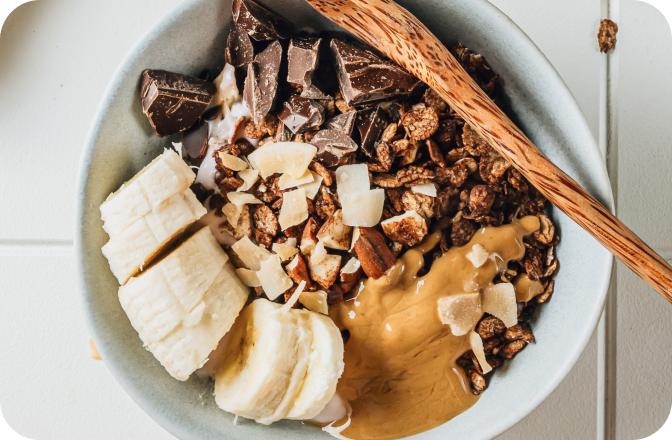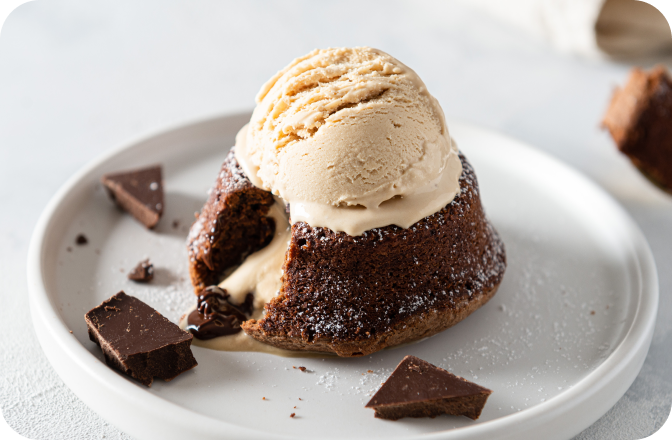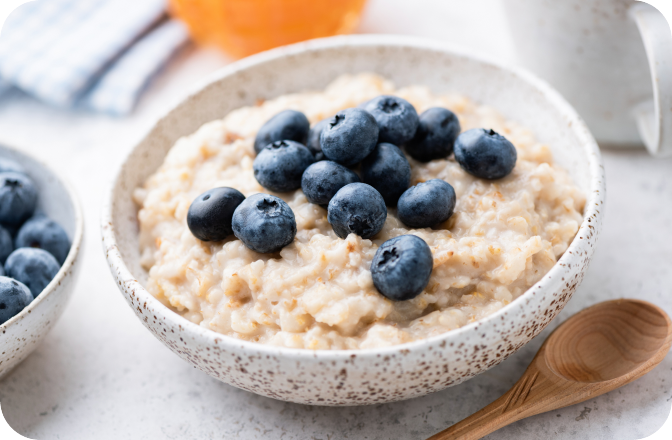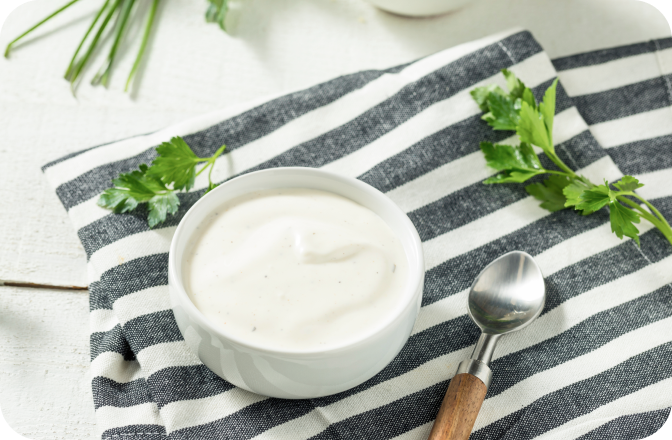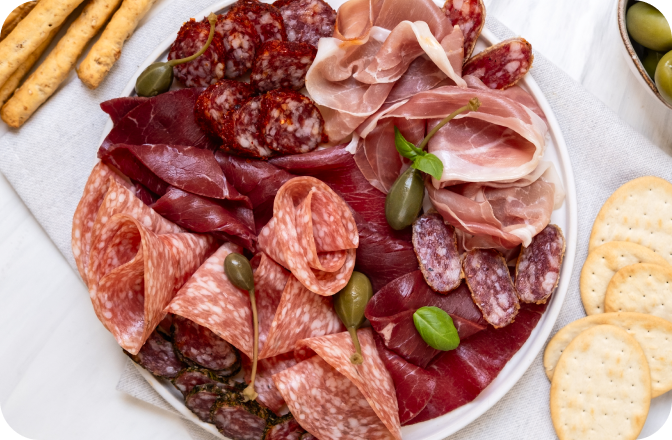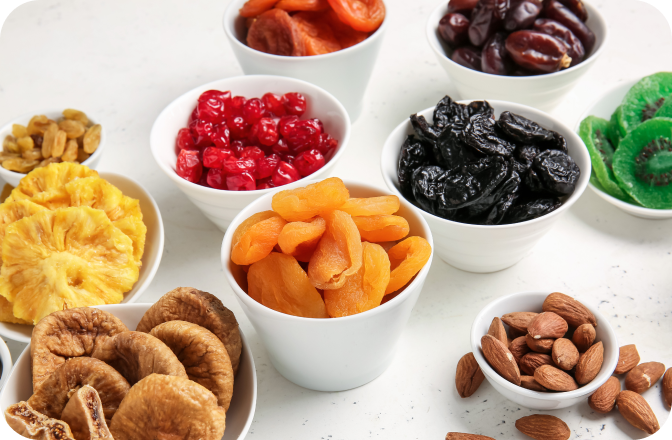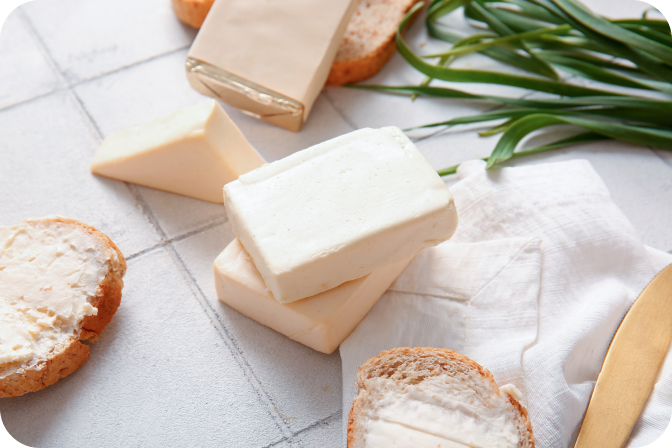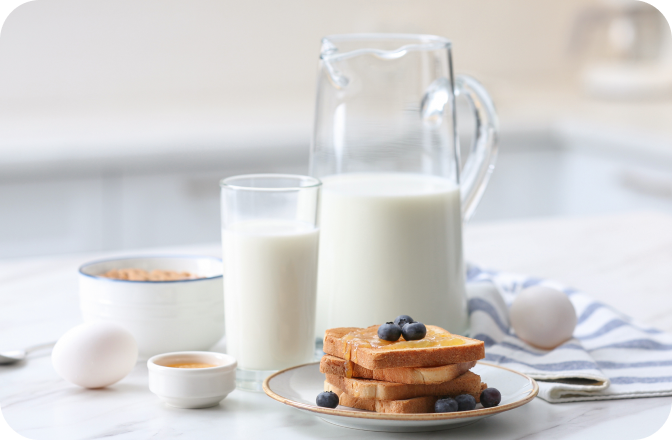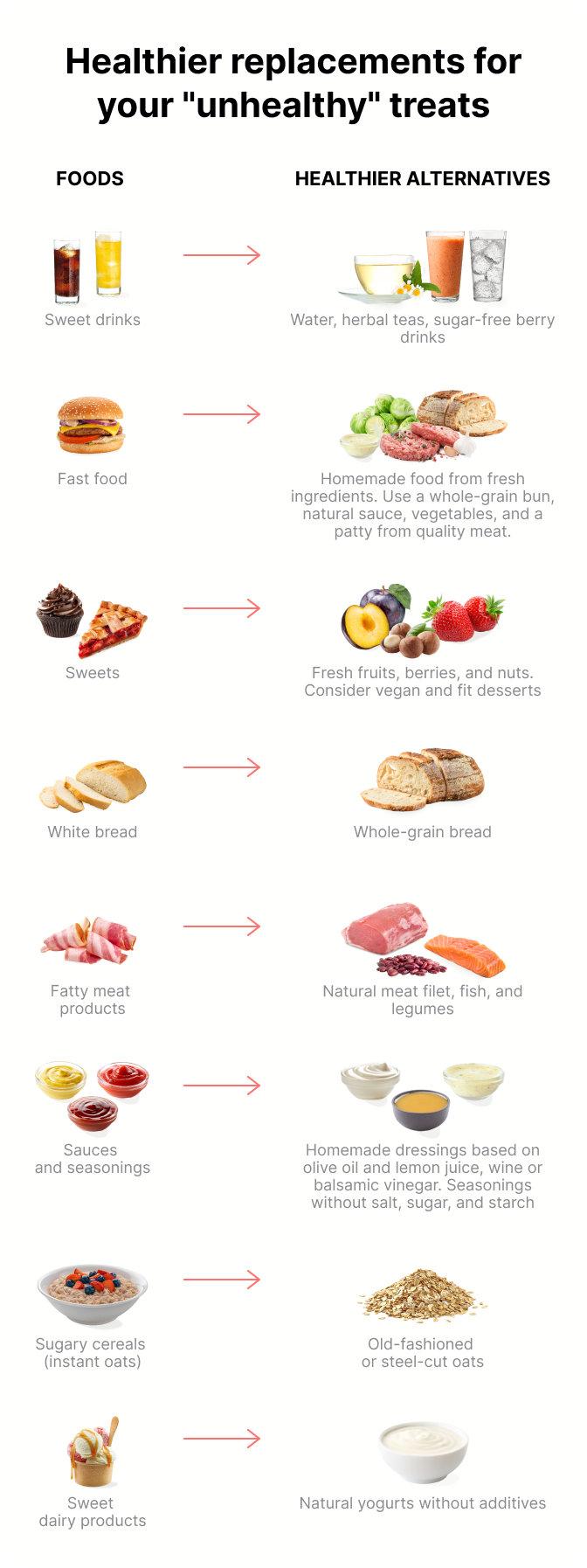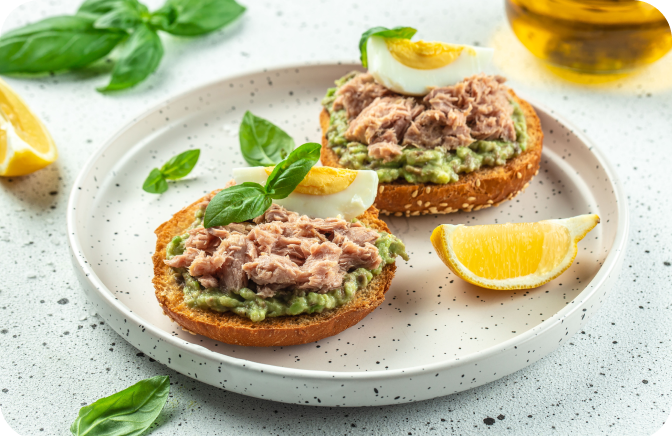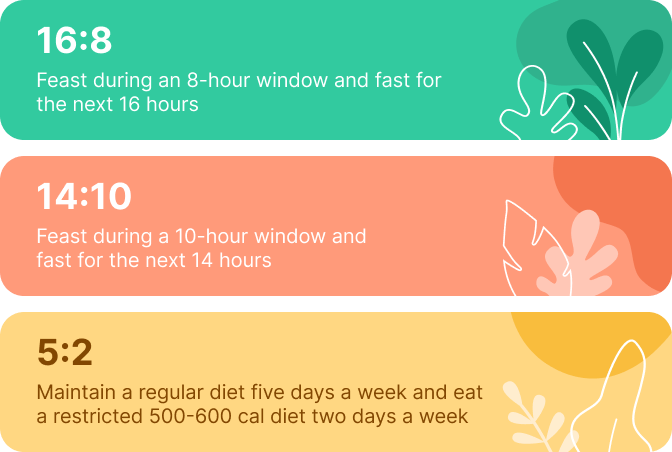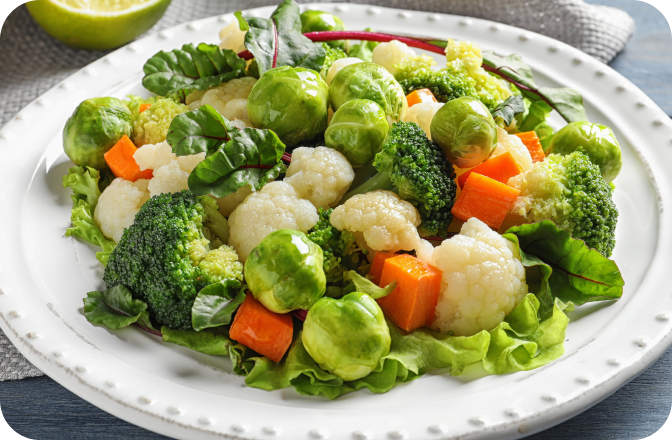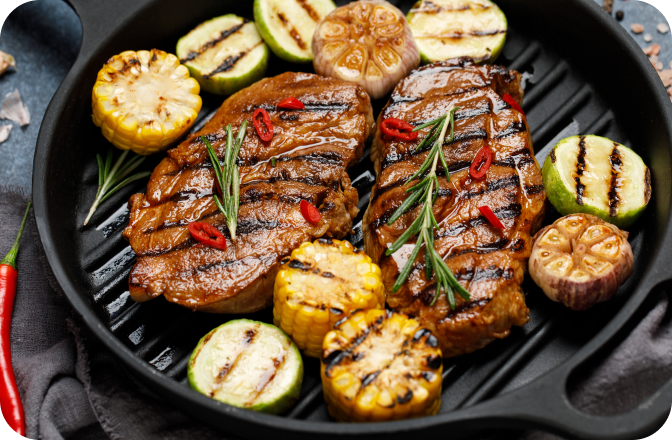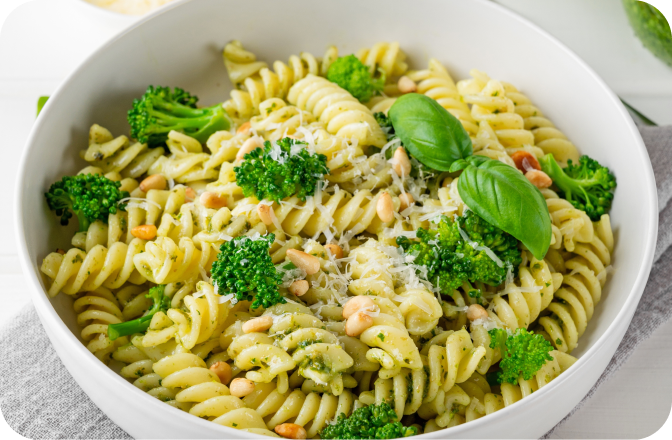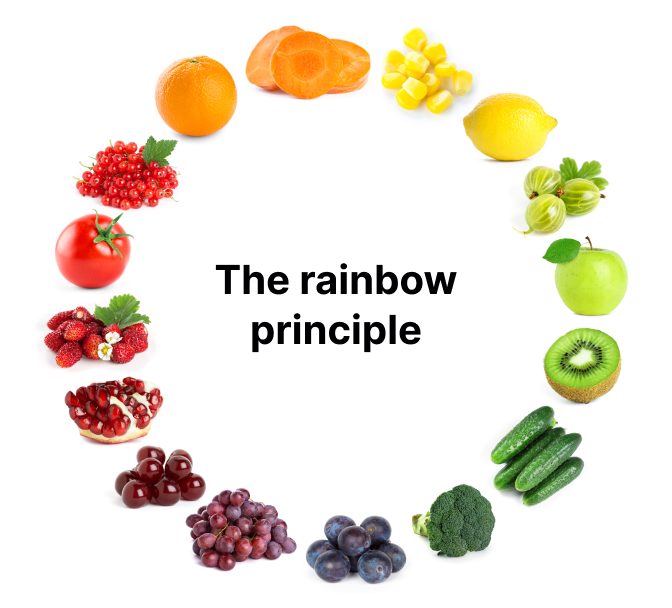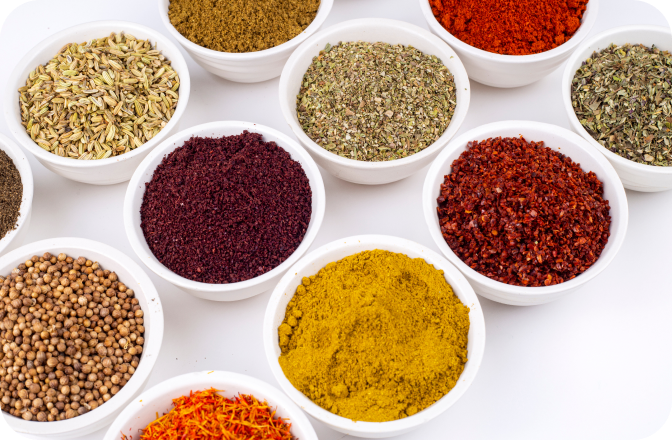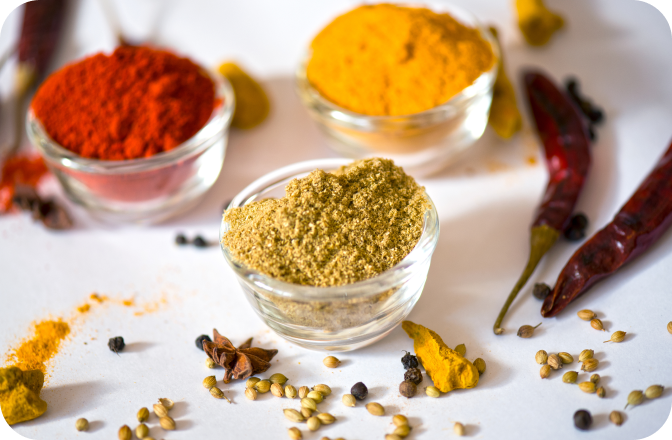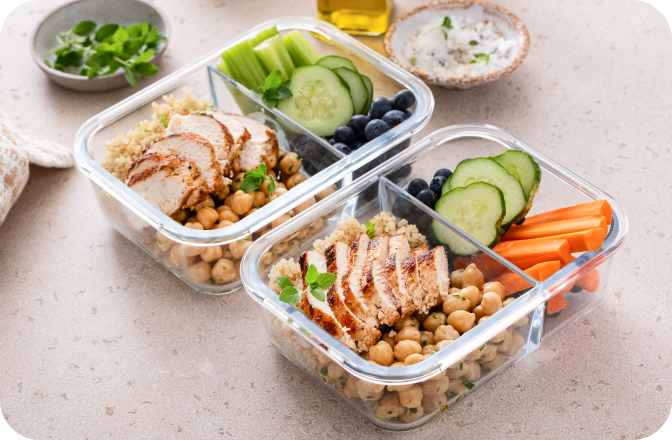The main idea of a balanced diet is to ensure your body receives all essential nutrients in optimal amounts and proportions.
In other words, the food you eat throughout the day should be carefully balanced with macronutrients (proteins, carbohydrates, and fats) and fiber.
The benefits of a balanced diet
• Helps to maintain a healthy weight
• Improves skin health
• Increases energy and vitality
• Lowers LDL cholesterol and blood pressure
Why choose a balanced diet for weight loss?
A balanced diet is one of the most effective ways to lose weight without feeling deprived. It focuses on nutrient-dense foods like lean proteins, whole grains, and colorful vegetables, helping you stay full longer while reducing unnecessary calories.
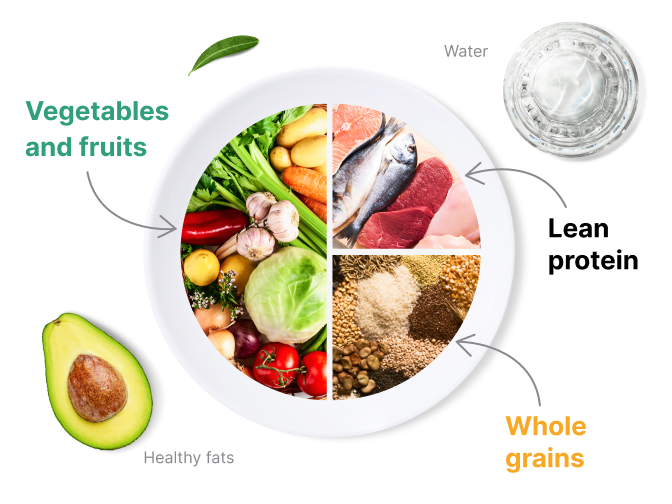
For example, swapping a burger and fries for a grilled chicken salad with avocado, quinoa, and mixed greens can leave you just as satisfied but with fewer calories and more nutrients.
While you might believe exercise alone is the key to weight loss, research indicates that successful weight loss is nearly impossible without a proper diet.
A study found that "Diet-only interventions typically produce a weight loss of about 10.7 kg, compared to just 2.9 kg with exercise alone." However, combining diet and exercise offers the most effective, long-term results.
Tips on getting started with a balanced diet
Establish regular meals.
Your daily menu should comprise three main meals—breakfast, lunch, and dinner—and one or two snacks, such as a mid-morning or afternoon bite. Don't skip breakfast. It replenishes your energy after overnight fasting and fuels your brain for focus and productivity.
Reduce processed foods and added sugars.
Processed foods are high in hidden sugars, unhealthy fats, and extra salt, hindering healthy weight management. Cutting back on these foods reduces your calorie intake naturally while boosting the quality of your nutrition.
Plan your meals.
On the weekend, spend time planning your meals for the upcoming week. If your schedule is busy, consider prepping meals in advance and storing them in the fridge. This preparation ensures that you have healthy meals on hand, which can prevent the temptation to choose unhealthy snacks when you're hungry.
Stay hydrated.
Estimate your daily fluid intake based on your body weight, with around 30 ml per kilogram as a guideline. Drinks such as water, unsweetened tea, and coffee count toward this amount, while sugary drinks and alcohol should be avoided.
Monitor your calorie intake.
Use an app or food journal to track your daily calorie intake, aiming for a caloric deficit if weight loss is your goal. However, be mindful to maintain balanced nutrition to support your overall health.
